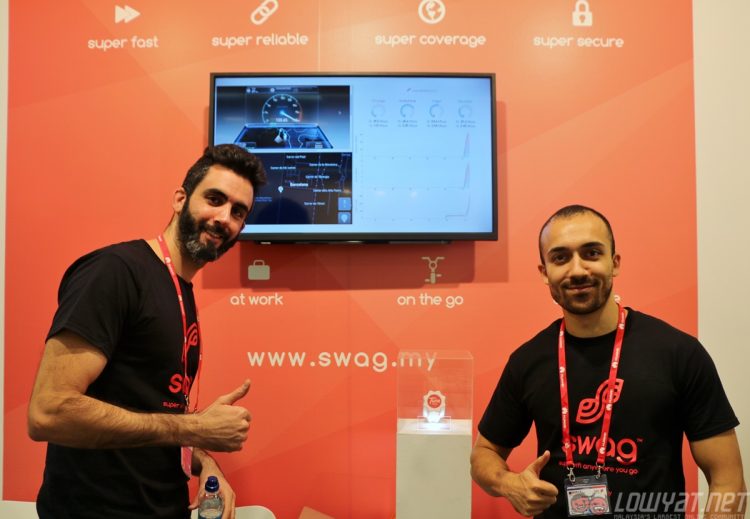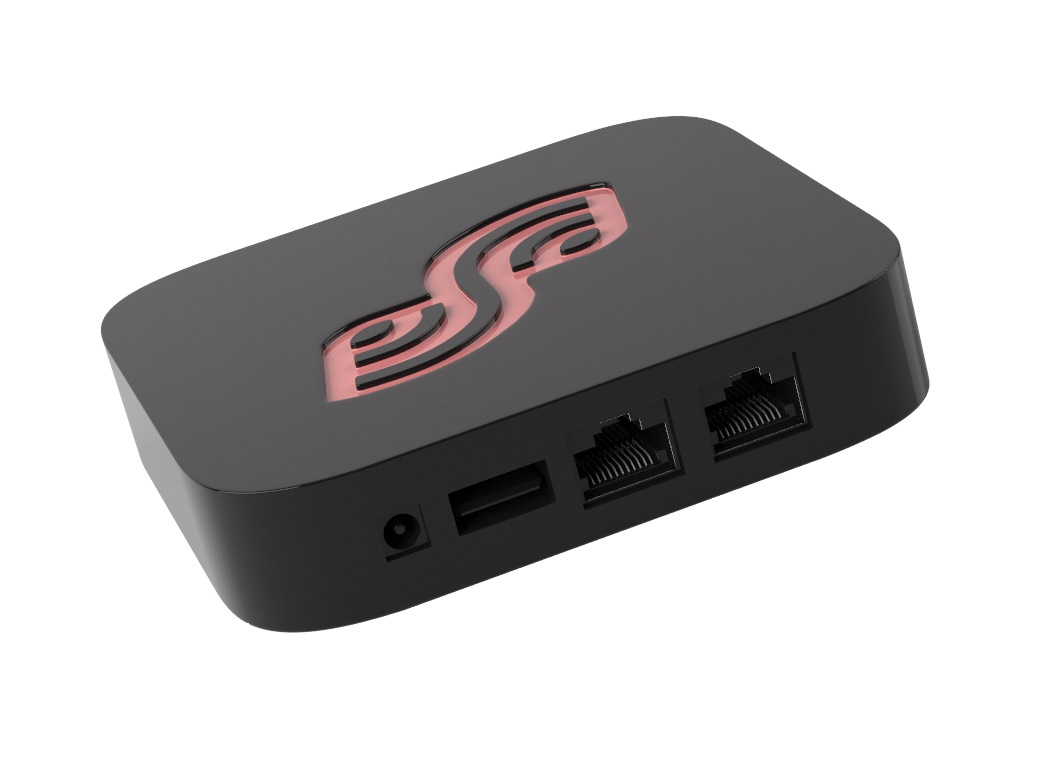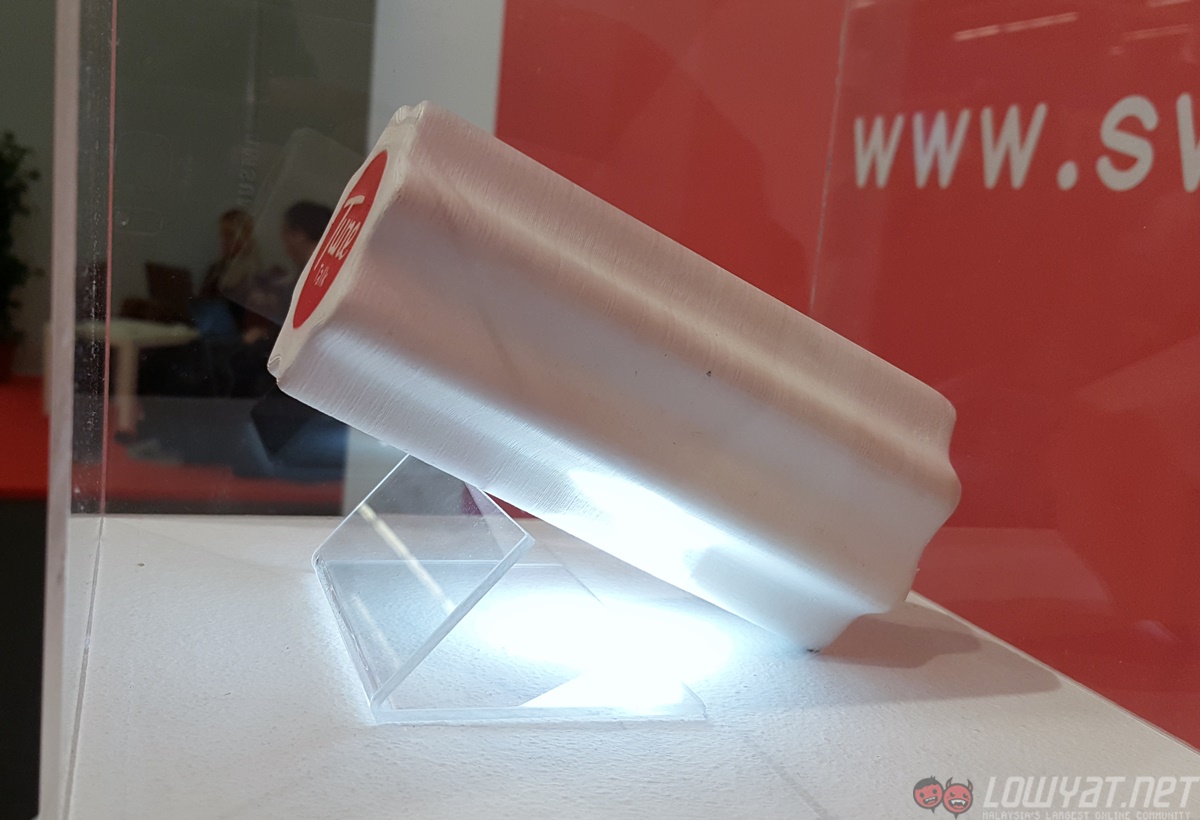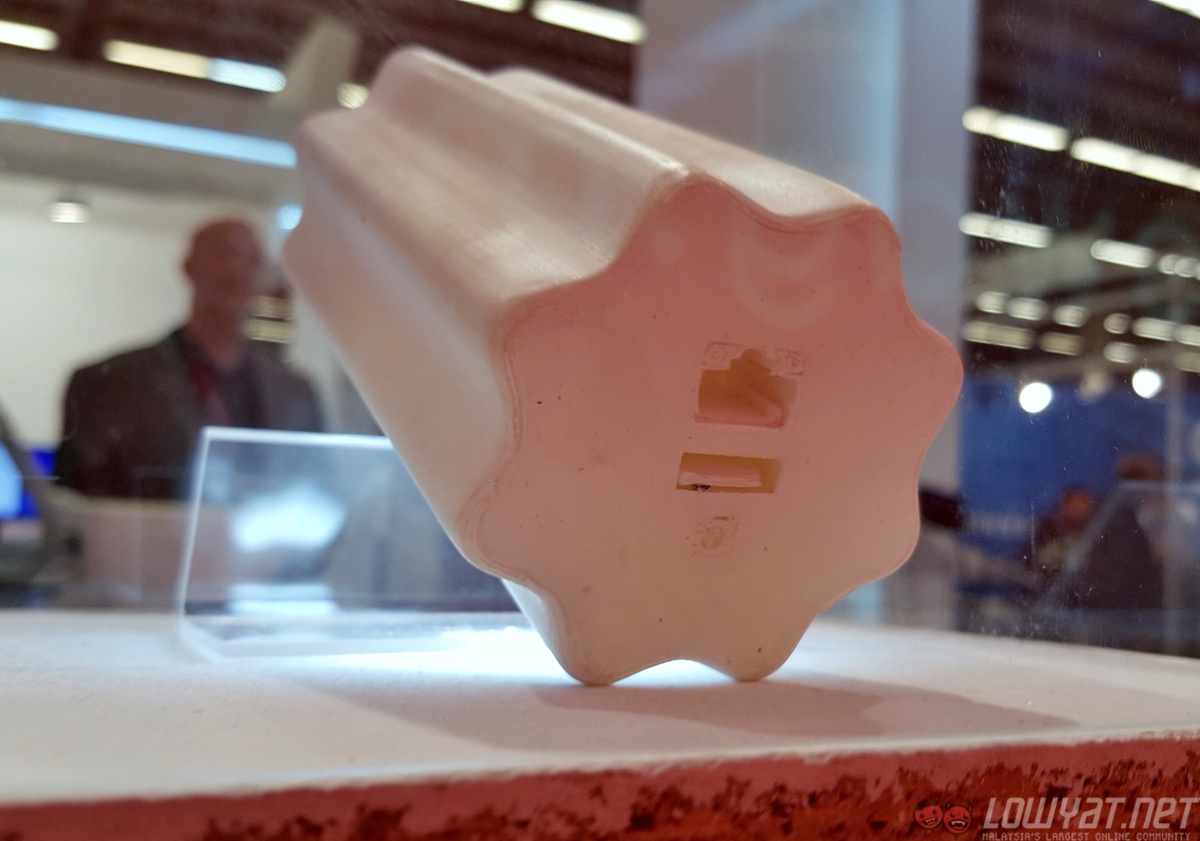Traditionally, there aren’t many Malaysian participants at Mobile World Congress besides MDeC, the Multimedia Development Corporation. This year, a Malaysian company is not only present, it’s also demonstrating a device that could revolutionise mobile Internet for consumers.
Swag Technologies Sdn Bhd sounds like a name that’s too fancy to be taken seriously, and the same can be said of its product, called the swag. It actually stands for Super WiFi Anywhere you Go, and it’s a mobile WiFi hotspot with a huge twist: it merges mobile bandwidth from up to three network operators into a single fast and reliable connection.
Available to scale down from a MiFi device all the way to high-speed enterprise solutions, the swag technology can dynamically distribute, in real time, Internet traffic based on which network operator has the strongest signal the user is in. If the network signal of a telco in one area is weak, the bulk of Internet traffic is diverted to another operator with better coverage in that area.
This means no matter where the user goes, as long as they are within the network coverage of at least one carrier, they will receive optimum – and reliable – mobile Internet speeds.
Conversely, if the user is in an area where all carrier network signals are strong, they will experience Internet speeds of all three networks combined. This applies for the swag’s home- and office-based solutions.
https://youtu.be/ldyuWY9t8iA
In addition, this splitting of Internet traffic across multiple carrier infrastructures makes the swag almost unintentionally more secure.
It does sound like something simple that should have been introduced to the world a long time ago. Then again, it’s the simplest of ideas that can be the hardest to execute.
I spoke to Raphael Mannadiar, one of the two co-founders of Swag Technologies at its booth at MWC 2016. A PhD holder in Computer Science, Swag Technologies’ CEO explains that such a device could never have been developed in the past for a few reasons.
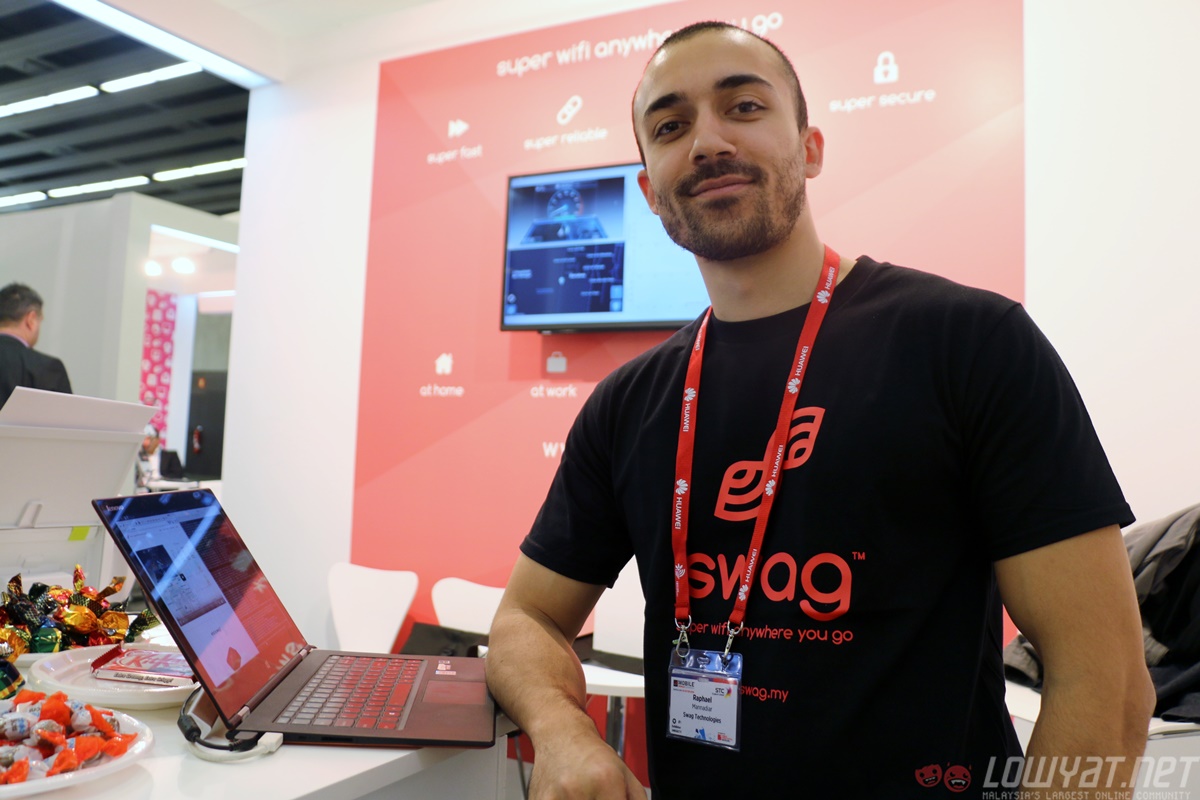 Raphael Mannadiar, CEO, Swag Technologies Sdn Bhd
Raphael Mannadiar, CEO, Swag Technologies Sdn Bhd
The first was the previously exorbitant costs of cloud infrastructure. There is a heavy cloud element behind the swag’s technology, and with the costs of cloud-based systems spiraling ever downwards, it became possible to develop the swag.
Next, creating a system that dynamically distributes traffic to different carriers within the swag based on whichever carrier has the strongest network in any particular area not only sounds complicated, it actually is complicated. Mannadiar and fellow co-founder and computer science expert, Rami Aladdin, scoured academic researches in this area before designing a system that does just that.
With the system in place, the next hurdle was getting the carriers to play ball. Which telco would want its SIM to feature alongside other rival telcos’ SIMs, with the idea that if one telco’s network signal is weak, it diverts traffic to other SIMs in the device? It basically means admitting that their network coverage isn’t as good as another in particular areas.
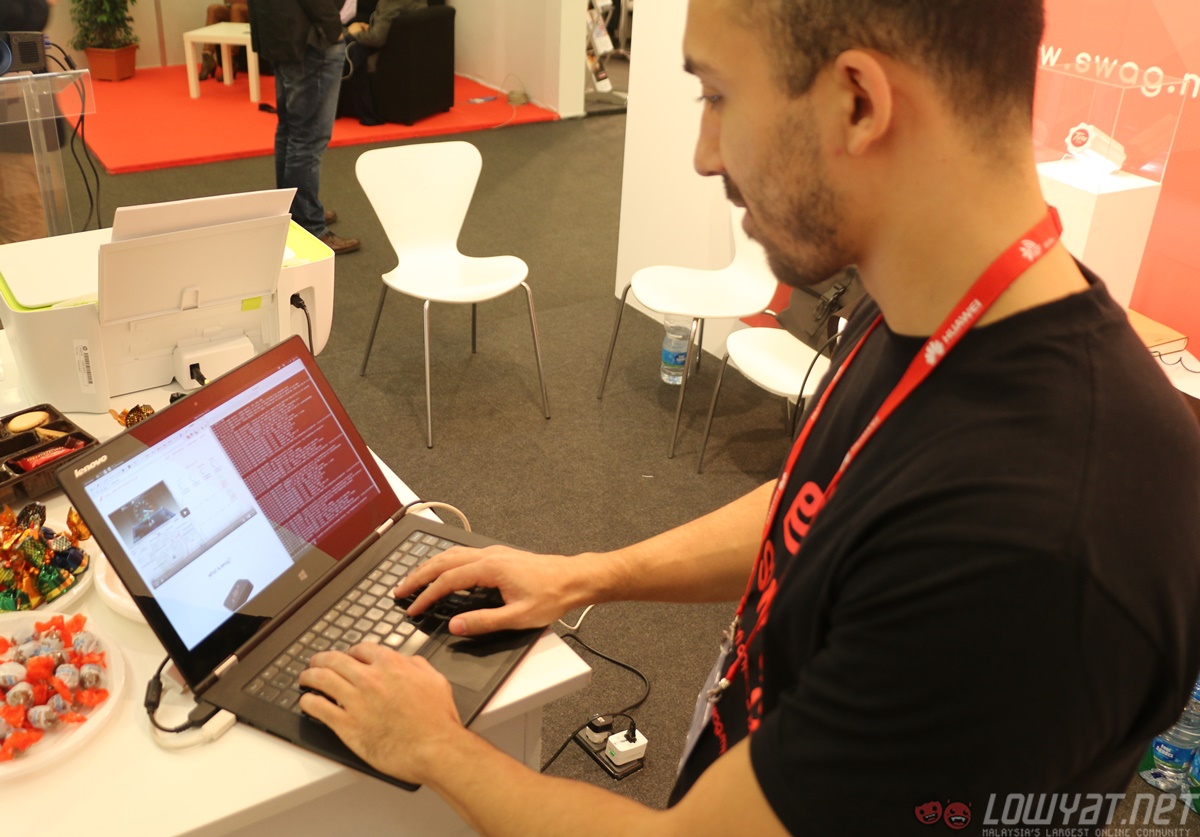
Mannadiar says that’s been quite a challenge, but explains that globally, carriers are understanding that traditional business models are dying in favour of data-heavy offerings, and hence are slowly starting to “see the light”.
As such, the swag will be distributed as an OEM product globally, allowing carriers to white label it into their product offerings as a home or office-based connection, or as portable MiFi device.
Internal testing for the swag has already been extensively done in Kuala Lumpur, with the swag hitting peak download speeds over 150Mbps at various points in KL Sentral. It managed to hit a similar figure using Spanish SIM cards at MWC 2016, indicating that the system will work on any SIM globally.
The swag will debut in Malaysia in the second half of the year, thanks to a partnership with TuneTalk, the region’s largest MVNO. TuneTalk CEO Jason Lo wanted something that looks extraordinary, something that has more…swag. That’s why TuneTalk’s swag MiFi will look something like this:
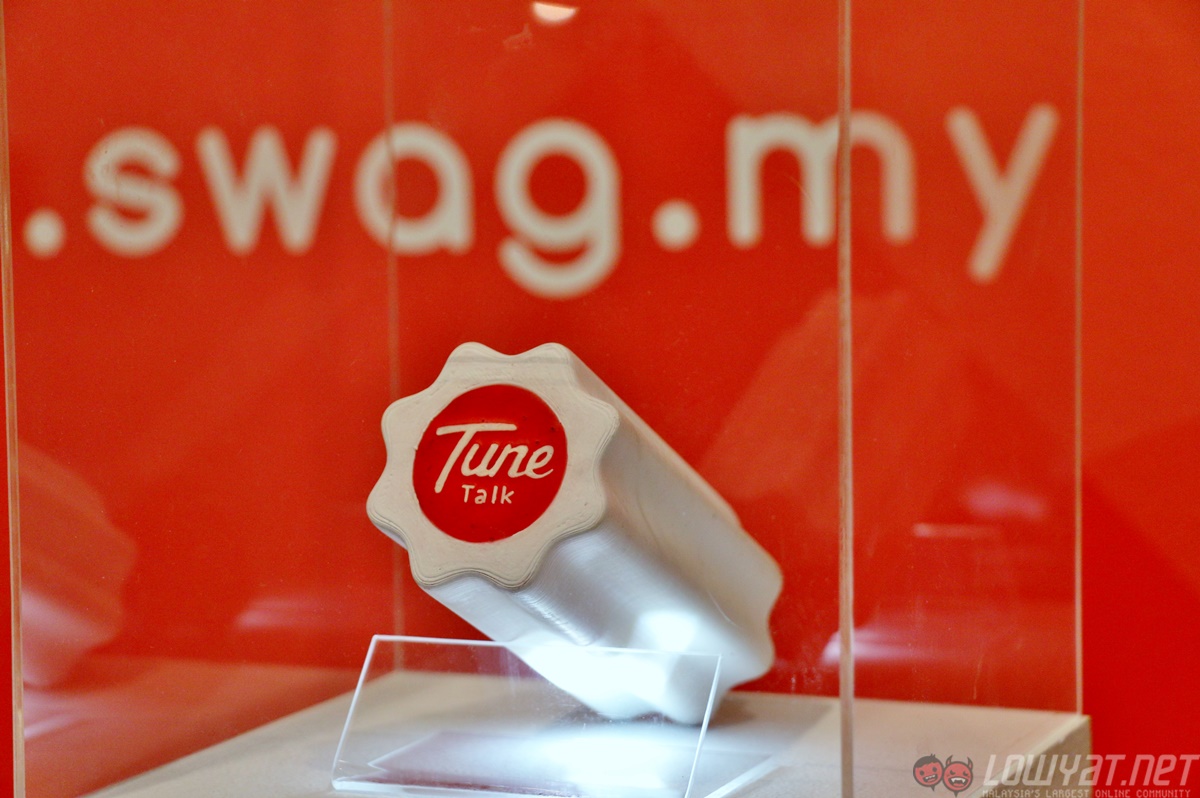
The best part about the whole thing is the fact that consumers don’t need to know everything that’s been written up to this point.
When a customer purchases a TuneTalk swag, they will not know which telco SIMs are inside the three slots – they won’t even know there are three SIM cards in the swag. They also won’t know that TuneTalk will use the monthly subscription fee to pay the other telcos whose SIMs are used in the swag based on how much data was diverted in the backend.
All they will know is the promise of fast and reliable mobile Internet, wherever they may be.
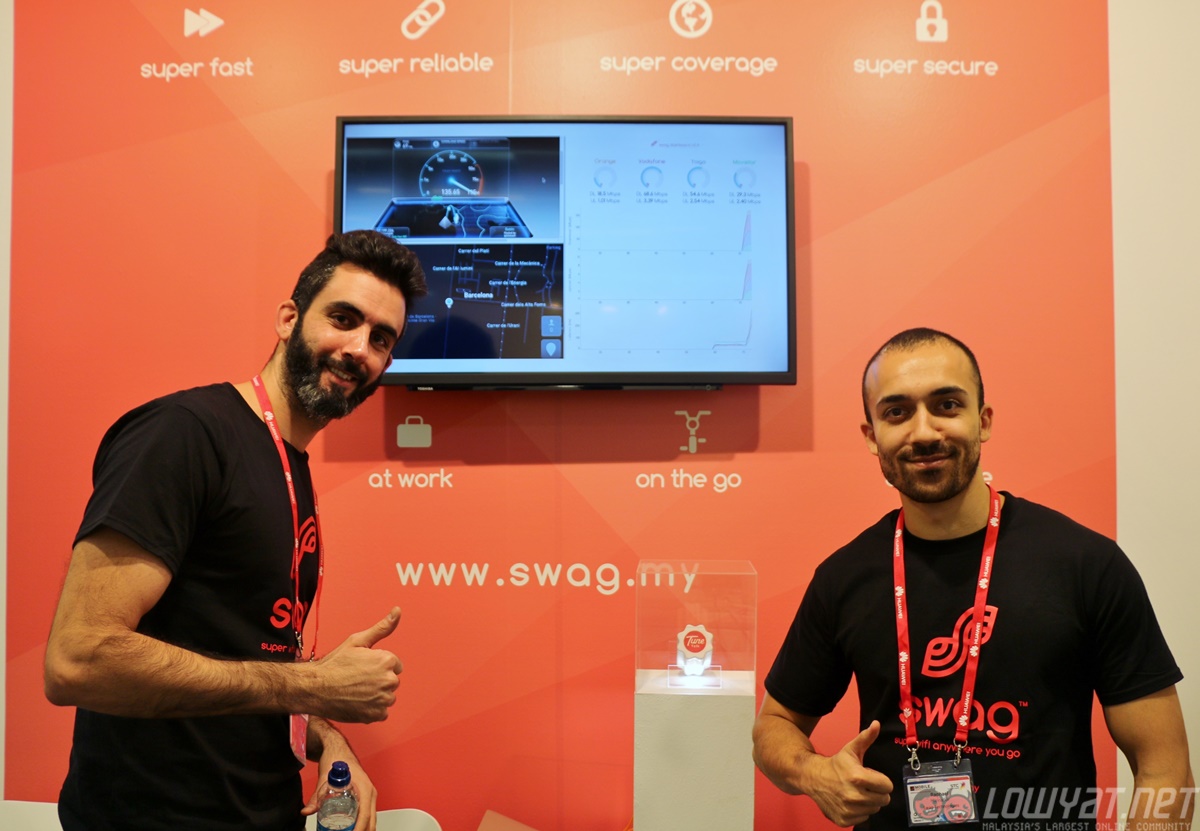 (L-R) Rami Aladdin & Raphael Mannadiar, co-founders, Swag Technologies Sdn Bhd
(L-R) Rami Aladdin & Raphael Mannadiar, co-founders, Swag Technologies Sdn Bhd
At this juncture, it must be said that the whole thing sounds almost too good to be true. At its booth we only saw a 3D-printed model of the TuneTalk swag that’s roughly the size of a brick, with no working OEM swag units in sight.
As such, there is reason to doubt if the technology can eventually fit into a pocket-sized MiFi, and how power efficient it will be. Beyond video demos, there is no indication that the real-time traffic distribution system actually works as promised. The company was founded in 2013 and based on its LinkedIn page, has less than ten employees.
We’ve seen our fair share of vapourware at events like MWC, but for all the potential and promise the swag holds, I really, really hope this won’t be one of them.

